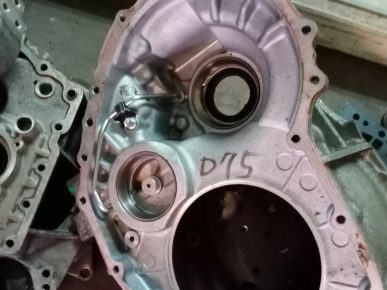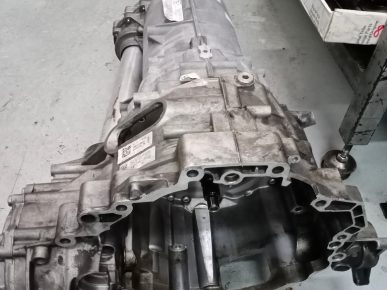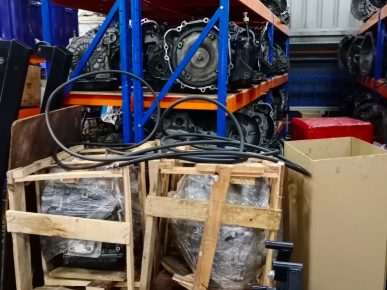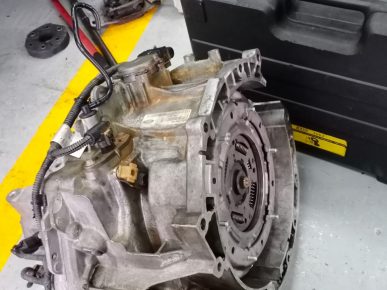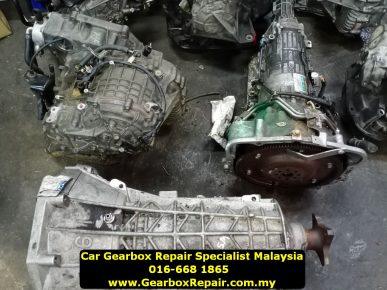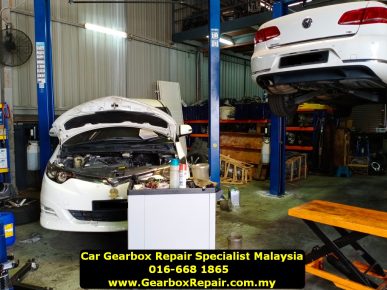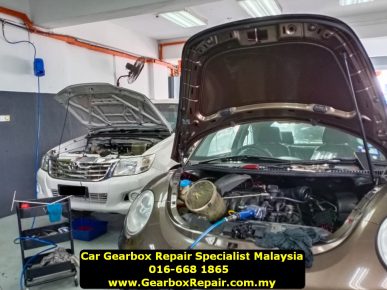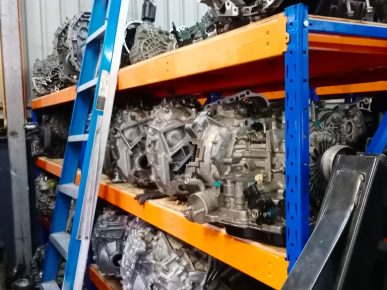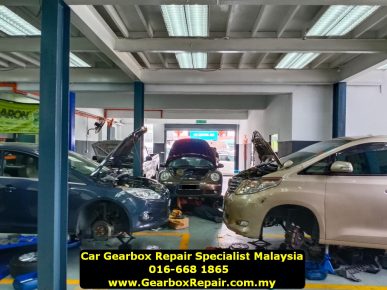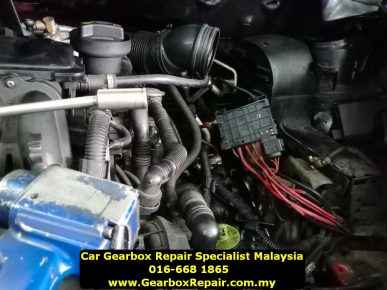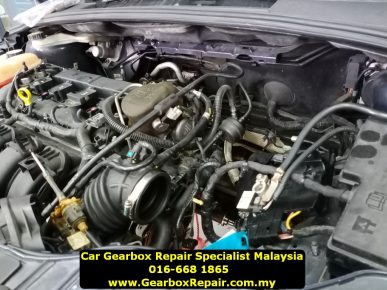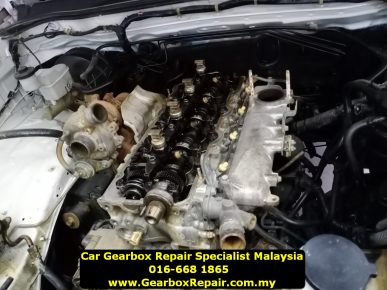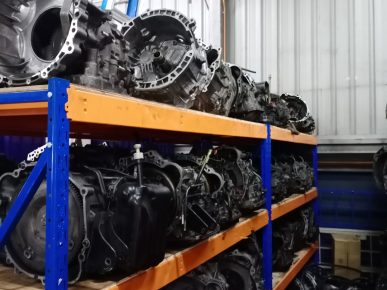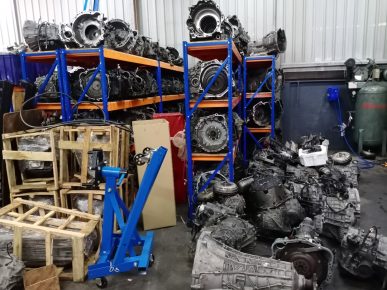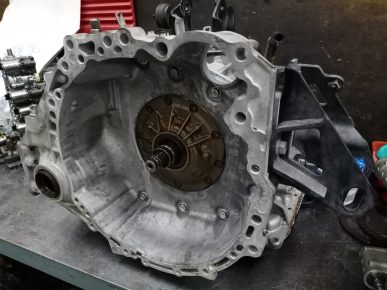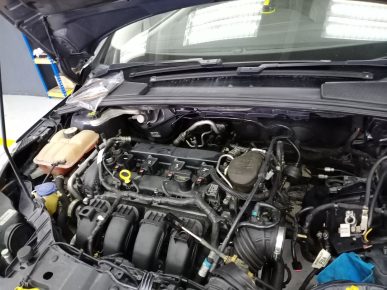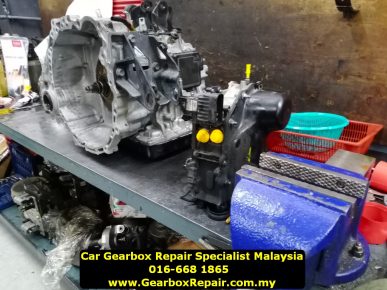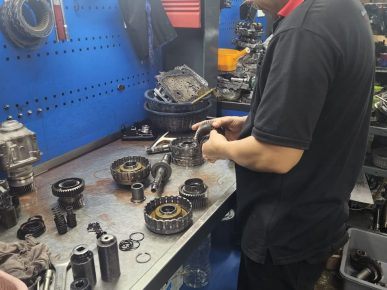Gear Box Repair
Car Gearbox Expert
Car Gearbox Problem? We can help!
We specialize in luxury car transmission repair services in Malaysia, ensuring your vehicle delivers top-notch performance. With our advanced tools, expert technicians, and unwavering dedication to customer satisfaction, we’re your go-to partner for all gearbox repair needs.
Car Gearbox Repair
FAST Auto Gearbox Repair




Gear Box Repair Services
The auto will provide the comprehensive luxury and force you to really feel like opulence. Bearing in mind the security of oneself and the family who might be traveling in the vehicle, it's a must to avoid postponing gear-box repairs. If you have somebody to help you it is better if you are able to look under the car whilst another person pours in your oil.
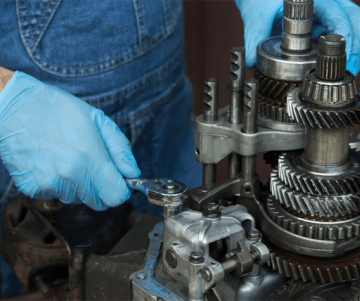
Complete Gearbox Diagnostics
Using advanced tools, we identify and address gearbox issues quickly and efficiently as well as gearbox oil change & other gearbox related services
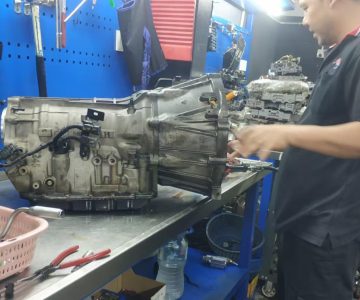
Luxury Gearbox Overhaul
Restore your luxury vehicle's performance with our comprehensive gearbox overhaul services. Include automatic transmission & manual transmission.
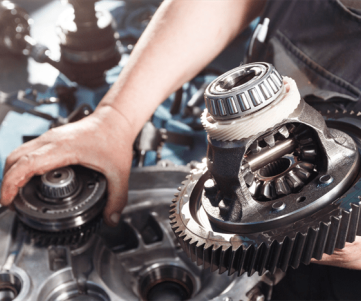
High-Performance Gearbox Tuning
Enhance driving experience with our bespoke car gearbox tuning for superior performance. eg: Improve Torque Whilst, Launch Control, Shift points, Full Manual Mode, Faster Shift Speeds, etc.
Auto Transmission Service
Luxury Gearbox Repair Experts
Autozone Motorsport is your premier destination in Malaysia for expert luxury car gearbox repairs. Our skilled technicians are dedicated to delivering exceptional service and precision craftsmanship, ensuring your vehicle performs at its peak. With a commitment to quality and customer satisfaction, Autozone Motorsport stands out as the trusted name in luxury automotive care. Whether you're experiencing transmission issues or seeking routine maintenance, we provide tailored solutions with unmatched expertise and attention to detail.
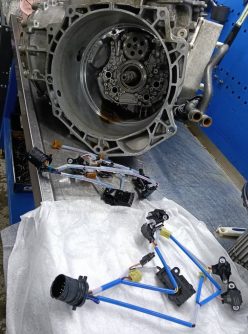
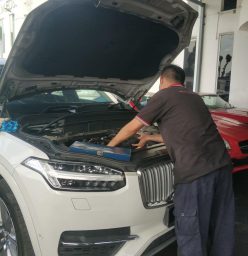
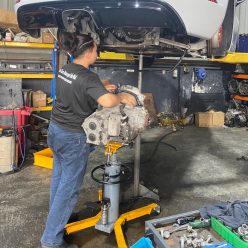
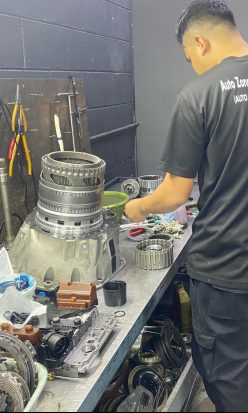

Auto Transmission Specialist

Autozone Motorsport Sdn Bhd
We are experience car gearbox repair specialist for all kinds of luxury automotive in Malaysia. We are certified mechanic with years of gearbox repair experience. We fix major car brands gearbox like Mercedes, BMW, Porsche, Ferrari, Lamborghini, Jaguar, Bentley, Audi, Volkswagen, Nissan, Honda, Toyota, Mitsubishi & much more. We specialize in Mercedes transmission repair, Mercedes Benz gear shifter, mounting gearbox & common auto transmission problems.
Routine maintenance may be a very low price tag of way of preventing major transmission failure later on. When it has to do with maintenance and repair, we possess the capabilities to supply services to keep your SEW gears and motors in excellent problems. In the event the repair is neglected for long, it may cause certain damages which will influence the performance of the auto permanently. Repair and re-manufacturing aren’t the exact same. If you are in need of a gear, or have questions regarding gears, we would like to be your very first phone call. In the most extreme cases it might be required to re-cut the full gear. Cage Gear and Machine’s objective is to become your institution’s gear department. Call us today to arrange an schedule gearbox maintenance for your beloved automotive.
Types of Automatic Transmissions:
The point of using dummy text for your paragraph is that it has a more-or-less normal distribution of letters. making it look like readable English.
How Gearbox Work
When you starting a company you are thinking on how to cut expenses. One of such options to cut.
Traditional Automatic (Torque Converter)
Uses hydraulic fluid to transfer power and shift gears smoothly.
Dual-Clutch Transmission (DCT)
Uses two clutches for faster and smoother gear changes.
Continuously Variable Transmission (CVT)
Provides seamless acceleration with an infinite range of gear ratios.
Automated Manual Transmission (AMT)
Combines elements of manual and automatic systems for cost-effectiveness.
Get FREE Diagnosis Now
Gearbox Repair Specialist
We provide professional and reliable gearbox repairs for your luxury vehicle.
We fix major car brands auto transmission/gearbox; Mercedes Benz, BMW, Porsche, Ferrari, Lamborghini, Jaguar, Bentley, Range Rover, Audi, Volkswagen, Nissan, Honda, Toyota, Mitsubishi, Kia, Hyundai, Ford, Perodua, Proton & more.
No Obligation Inquiry
Auto Gear Box Repair and Service
What is Car Gearbox
An auto gearbox, or automatic transmission, is a type of transmission system used in vehicles that automatically changes the gear ratio as the vehicle moves, eliminating the need for the driver to manually shift gears. This makes driving easier and more convenient, especially in heavy traffic.
Automatic Gear Shifting:
The transmission system uses sensors, hydraulics, and computers to shift gears based on vehicle speed, load, and engine performance.
No Clutch Pedal:
Unlike a manual transmission, an automatic gearbox does not require a clutch pedal. Instead, it uses a torque converter or similar mechanism to transmit engine power to the drivetrain.
Ease of Use:
Drivers simply need to select the gear mode (e.g., Park, Reverse, Neutral, Drive) using a gear selector.
Fuel Efficiency
Modern automatic gearboxes are designed to optimize fuel efficiency, though some types may consume more fuel compared to manual transmissions.

OUR SERVICES
Gearbox Repair Services
Auto Gearbox
A transmission problem is generally the extreme in regards to diagnosing different vehicle troubles, but it’s an issue that no auto owner desires to get. Also, so as to avoid an unnecessary addition to the total repair cost, it is vital to check whether the transmission problem is severe or minor. With the aforementioned steps, the majority of the outboard issues can be resolved, and you are able to enjoy your boating. Industrial gearbox issues can be costly.
Gear Oil
If your car simply will not go into a particular gear it might be worth checking the degree of you fluid because this is a frequent issue, though can be resolved by topping the liquid up. Bearing in mind the security of oneself and the family who might be traveling in the vehicle, it’s a must to avoid postponing gear-box repairs. In case you have well over 100,000 miles on your vehicle, consider going to the next higher viscosity of gear oil. Check the region where you regularly park your vehicle.
Gearbox Service
Routine maintenance may be a very low price tag of way of preventing major auto transmission failure later on. When it has to do with maintenance and repair, we possess the capabilities to supply services to keep your SEW gears and motors in excellent problems. In the event the repair is neglected for long, it may cause certain damages which will influence the performance of the auto permanently. Repair and re-manufacturing aren’t the exact same.

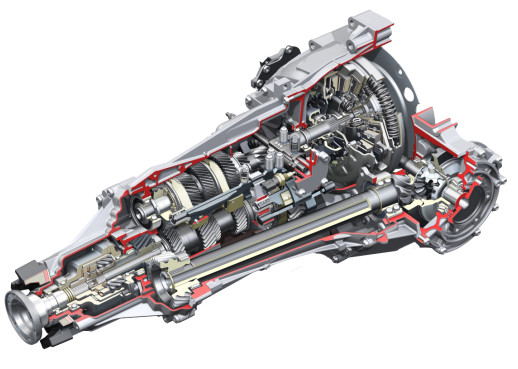
Check out what clients say
Latest news

Gearbox Repair Specialist Malaysia
Hidden Solutions to Gear Box Repair Identified The Hidden Facts on Gear Box Repair Gearbox Repair Specialist Malaysia – A gearbox is a mechanical way of transferring energy from 1 device to another and is utilised to improve torque whilst reducing speed. When it has to do with the gearbox, a burning smell can be caused by transmission fluid overheating. Finally, the Gearbox is utilised to modify the speed of the motor vehicle. A gearbox without the appropriate quantity of gear lube in it is going to fail very fast. Here’s What I Know About Gear Box Repair Altering a seal of any sort on an automated transmission involves removing some sort of shaft and at times the labor can acquire intense. While some seals from various manufacturers look as if they go on correctly, they may be slightly larger in outside diameter. On occasion a seal can start to deteriorate and some stop-leak can repair it. Axle seals are a typical failure and the dealer will often have them in stock, and whether they don’t, there are lots of aftermarket companies which will. Hopefully it’s just your axle seal, parts and labor are cheap, and you’ll be back on the street in a couple of hours in case the components are easily available. Ideas, Formulas and Shortcuts for Gear Box Repair Reconditioned gearbox prices vary based on the vehicle model however it’s always worth shopping around for the very best price. Luckily a gearbox repair cost won’t be extortionate if you’re experiencing this issue. Repeat this three or more times or until you no longer need in order to add fluid. A transmission problem is generally the extreme in regards to diagnosing different vehicle troubles, but it’s an issue that no auto owner desires to get. It’s very helpful to have the ability to troubleshoot your vehicle problem from the noises it makes. How to Choose Gear Box Repair Makes you wish you’d have dumped the vehicle quite a long time ago. The vehicle ought to be find to drive without power steering, however it will be tough to turn. If at all possible, you should drive the automobile, being sure to receive all the gears, and after that check the level again to be certain. If your car simply will not go into a particular gear it might be worth checking the degree of you fluid since this is a typical issue, though can be resolved by topping the liquid up. The auto will provide the comprehensive luxury and force you to really feel like opulence. Bearing in mind the security of oneself and the family who might be traveling in the vehicle, it’s a must to avoid postponing gear-box repairs. If you have somebody to help you it is better if you are able to look under the car whilst another person pours in your oil. The bike was shown to be reliable and had a very good working electrical system, unlike a number of the others in the marketplace. If you don’t need to bike uphill, you can surely get a 1 gear bike, also called a fixie. You might just have the ability to operate in some specific gears or none whatsoever. It doesn’t include extra gear needed by people who get involved in technical rescue or other kinds of SAR. In the most extreme cases it could be required to re-cut the full gear.
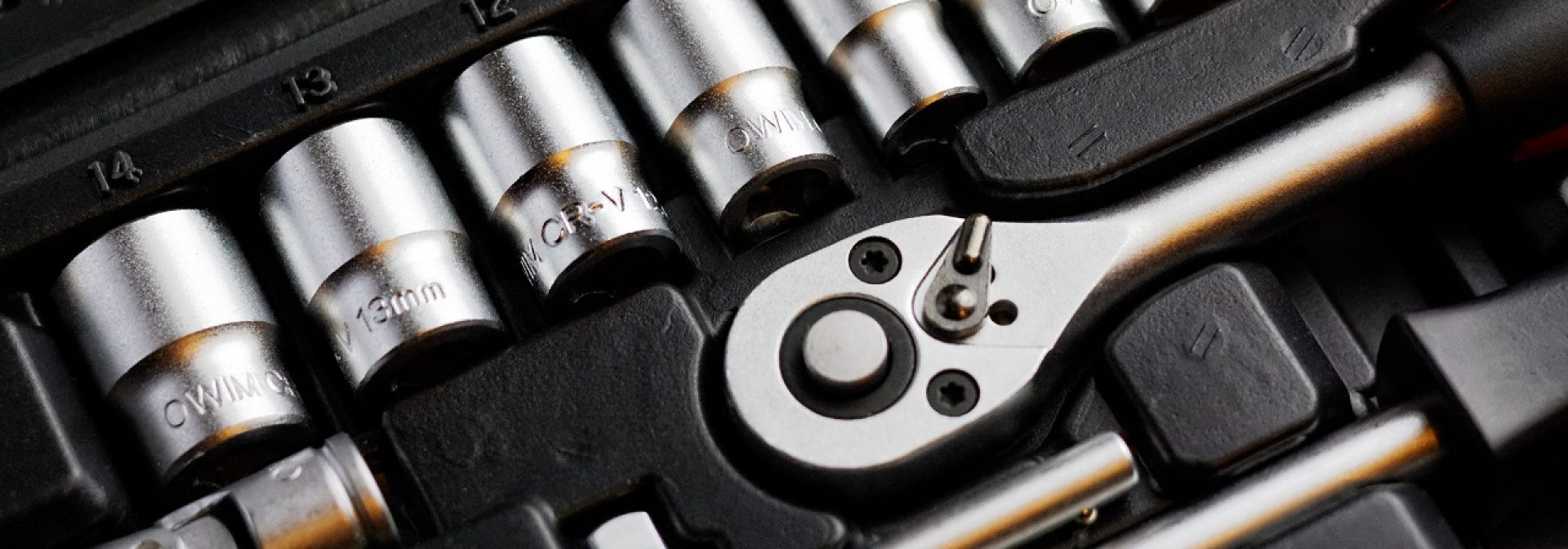
Where to Find Gear Box Repair
Looking for Gear Box Repair Specialist? Where to Find Gear Box Repair Cylinder replacement is regarded to be among the costliest repairs because the mechanic has to disassemble the whole engine as a way to replace the parts. It might be useful to find an expert to assist you with clean up and repair. This technique of repair will work of course, whenever the issue lies with the bad planetary gear. Auto repairs are inevitable even if you’ve got a base model car. Although the repair is not too common, an individual must not neglect the warning signs like misfire. Delay in doing this, will ultimately bring about costly car repairs. When it has to do with the repair cost, you necessarily should conduct a survey in your region and attempt to get as many price quotes as possible in order to acquire the very best service for a very affordable price. The expense of repairing a damaged differential repair may be anywhere between six hundred dollars to a few thousands. The repair cost will be contingent on the type or the make of the automobile. As mentioned earlier, it varies depending on the vehicle make and the extent of damage. Accordingly, as a way to buy a car with this feature, you should pay somewhat more than the cost of a front wheel drive car. What Has to be Done About Gear Box Repair If you do choose to get a new controller to take your fighting games to the next level, don’t forget that additional time and practice will be required to get knowledgeable about it. This gear process is put at the rear of rear-drive cars. You can get the opener system fixed or replaced, but as soon as the new gears may be quite so strong they’ll immediately overwhelm the little motor and burn it out. By this time, you should have realized that repairing the machine is not an easy job. The Fundamentals of Gear Box Repair Revealed A continuously variable transmission (CVT) is a kind of automatic automobile transmission system which utilizes a pulley and belt system to present an unlimited selection of gear ratios. The gearbox is situated within the fan cells and works to cut back the speed of the motor for optimal fan performance while at the same time providing support and protection for those fans to help stop malfunctions or breakdowns. A gearbox without the appropriate quantity of gear lube in it is going to fail very fast. Besides the torque, you also receive a 6-speed manual transmission gearbox to have the terrain. If you must repair or replace the transmission of an expensive luxury vehicle, you would want to pay more in comparison with the transmission replacement cost of an inexpensive automobile. You obtain a 4-speed car transmission on this Dodge. The pedal provides the driver control of the engine power flow when starting the automobile and shifting gears. If you transport sports gear or other things in your trunk or inside your automobile, remove them after you’re done using them to conserve weight. As soon as it’s simple to build, an individual should always wear protective gear whilst working with wood, to avert any probability of injury. Slipping gears may lead to dangerous circumstances and accidents so it’s advisable that you receive the car inspected as soon whenever possible. Deciding on the ideal kayaking gear is important if you need to get a secure and enjoyable kayaking expedition. GEARBOX REPAIR MALAYSIA
We are experience car gearbox repair specialist for all kinds of luxury automotive in Malaysia.
We specialize in BMW, Mercedes, VW, Audi transmission repair, Mercedes Benz gear shifter, mounting gearbox & common auto transmission problems eg: transfer case repair, transfer case chain noise.
We specialize in luxury car transmission repair services in Malaysia, ensuring your vehicle delivers top-notch performance. With our advanced tools, expert technicians, and unwavering dedication to customer satisfaction, we’re your go-to partner for all gearbox repair needs.

GET STARTED WITHIN 1 MINUTES
Get FREE Diagnosis Now
* We don’t share your personal info with anyone. Check out our Privacy Policy for more information.

Gearbox Repair Specialist
(Auto Transmission Repair)
Gearbox Repair Malaysia














